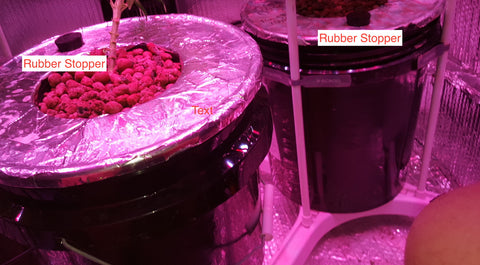ScrOG blOG™ — scrog kits
Why Single Plant ScrOG?
Single plant ScrOGs (Screen of Green) make most sense as apposed to 2 or more plants under a large net. Here are 10 excellent and compelling reasons why.
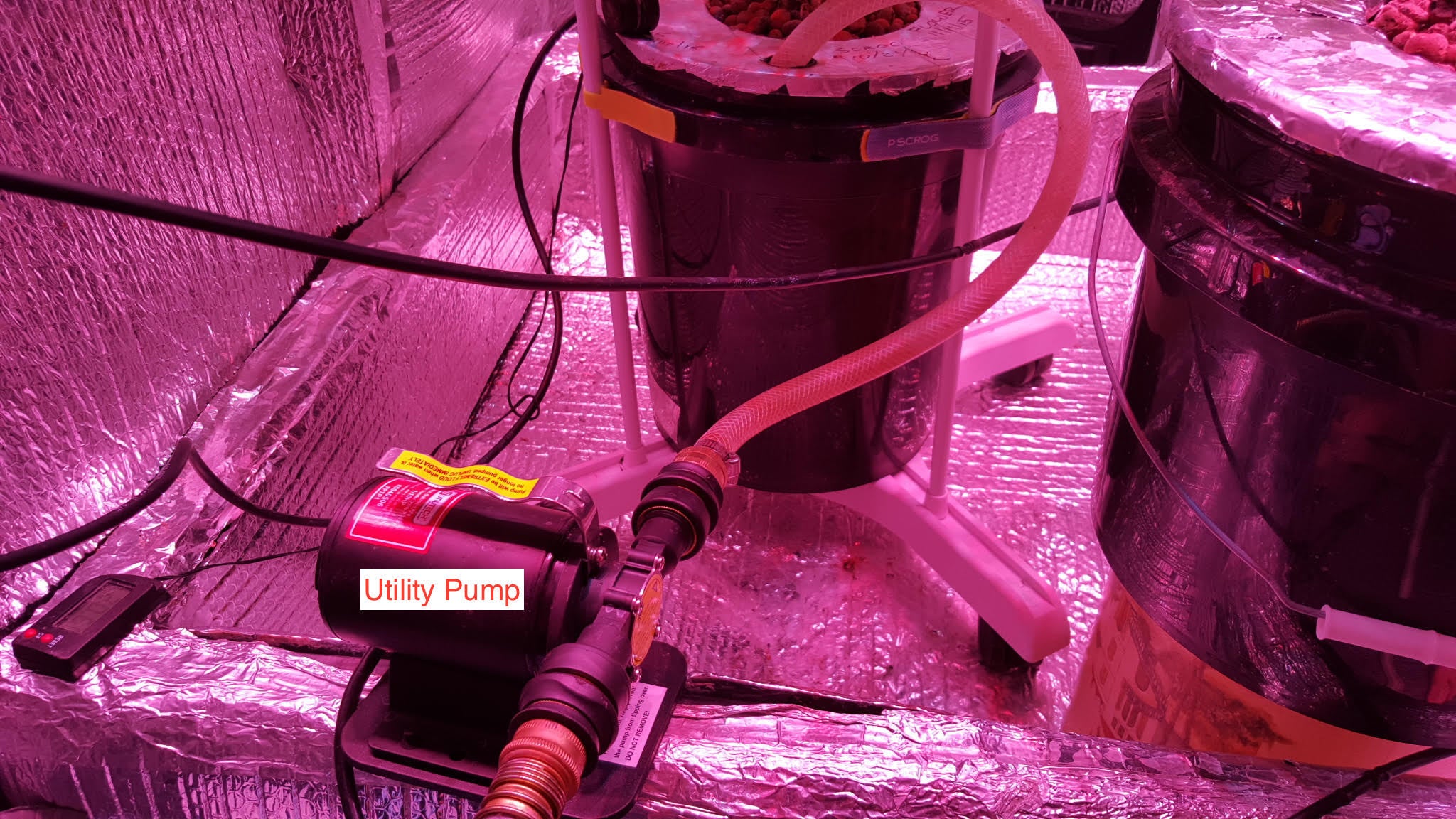
Changing nutrients under a DWC ScrOG
ScrOGging with Deep Water Culture (DWC) presents unique challenges compared to other methods of growing under a ScrOG. The biggest issue DWC growers struggle with is topping off and changing out nutrients (nutes). However, DWC growers can enjoy all the benefits of ScrOG without ever removing the net pot, disturbing the plant, ScrOG or root zone with this simple method.

2 x 5 gal individual portable DWC ScrOG using P SCROG Primary Kits
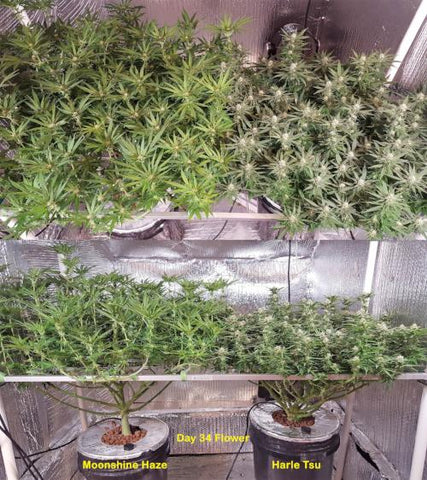
2 x 5 gal DWC under framed and fixed P SCROG 2x4 Kit
Like anything else, there may be many solutions to this issue. One solution you may find quite useful involves exchanging nutes with a pump and topping off between changes with a watering can.
Nutes can be changed using a common small utility pump found at most hardware stores.
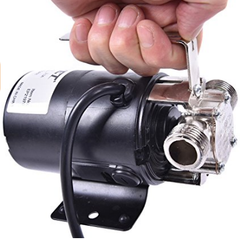
It is best to prepare your buckets at the beginning of the grow. Drill a hole in your net pots big enough to receive the end of a garden hose and buy rubber stoppers to plug holes when not in use.
The pump utilizes common garden hoses to transfer liquids. In the case of DWC, the nutes are sucked into the pump and pushed out the other end. The flow is unidirectional so the gardener uses the pump's input to suck old nutes out. Then the pump's output hose is used to push old nutes into an empty "old nutes" bucket. Old nutes can be used on outdoor plants, don't throw them away!
The pump's hoses are reversed to add new nutrients to your grow's DWC buckets. Then the pump's input hose is used to push fresh nutes into your grow's buckets.
IMPORTANT!
DWC reservoirs of healthy cannabis plants are full of robust and abundant root systems that will burn out your pump if sucked into the intake side. This is easily addressed with "hose filters" found at hardware stores. Some pumps come with filters.
The filter should be placed in the end of the hose that goes into the reservoir, not the end that screws onto the pump. This placement makes it easier to clear any accumulated debris during pumping.

Hose Filters
Amazon. Home Depot, Lowes
Root debris will accumulate in filters during the process and should be kept clean to avoid blockage and burning out the pump.
In between exchanges, nutes can easily be topped off using a common watering can through the same holes.
Note
Reservoirs and root zones can be kept clean through use of H2O2 after each nute exchange and/or through the use of Hydroguard.
If you have another solution you would like to share, please reply to this ScrOG blOG.

or
SupportOurPlants@SCROGGER.com
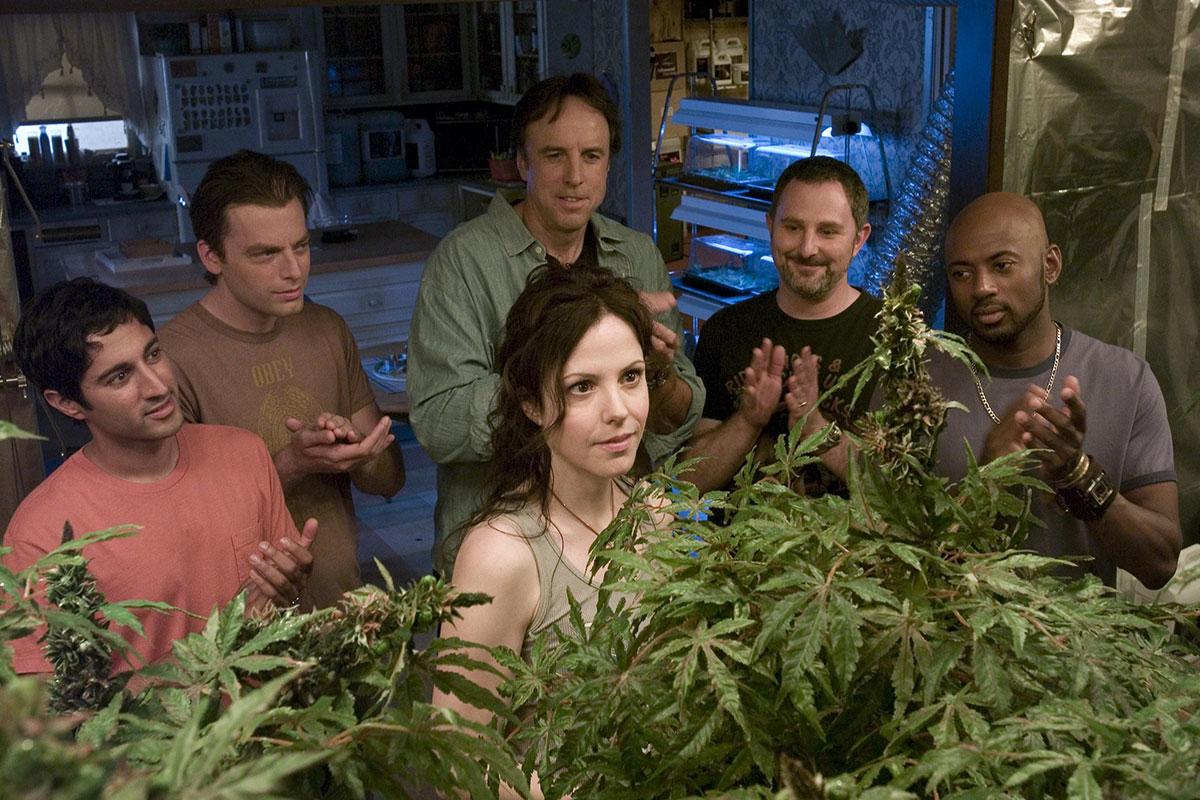
"Grow Your Own" state cannabis laws
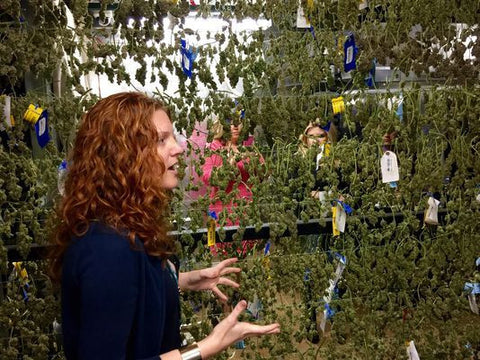
Alaska
Grow Limits: An adult over the age of 21 may possess, grow, process, or transport no more than six (6) plants total, with no more than three (3) plants that are mature.
Arizona
Grow Limits: A medical marijuana patient or the qualifying patient’s designated caregiver may cultivate up to twelve (12) plants if they live more than 25 miles from the nearest medical marijuana dispensary.
Grow Limits: Adults over the age of 21 may cultivate up to six (6) plants per residency. Medical marijuana patients and their primary caregivers may cultivate up to six (6) mature cannabis plants, or up to twelve (12) immature cannabis plants. With the recommendation of a physician, medical marijuana patients may be permitted to grow a greater amount per the patient’s needs.
Colorado
Grow Limits: Any adult resident of Colorado may grow up to six (6) plants per person, with no more than three (3) plants in the mature/flowering stage at any time. Non-Colorado residents may not cultivate cannabis. No more than twelve (12) total plants are allowed per residence regardless of the number of adults living there. Cannabis plants must be kept in an enclosed, locked area out of view. Homegrown cannabis may not be sold to others.
District of Columbia
Hawaii
Grow Limits: A registered medical marijuana program participant that indicates their intent to grow on their application may grow an “adequate supply,” or no more than seven (7) plants total and no more than 4 oz. of usable marijuana jointly between a registered patient and caregiver. A qualifying patient may designate a caregiver on their application to grow no more than seven (7) plants total on their behalf. A caregiver may only grow for one patient at a time. Whosoever is designated to grow medical marijuana should tag each plant at the base with their 329 card number and expiration date. Act 241 eliminates the ability of a caregiver to grow medical marijuana on behalf of a qualifying patient after December 31, 2018 (unless the patient is a minor or adult lacking legal capacity or resides on an island without a dispensary).
Maine
Grow Limits: A maximum of six (6) mature plants per Maine resident may be cultivated for personal use. Anyone who elects to cultivate marijuana plants must keep the plants in an enclosed, locked facility unless the plants are being transported. Minors, incapacitated adults, homeless qualifying patients, and registered patients in hospice or nursing facilities may not cultivate his or her own marijuana. Only designated primary caregivers or designated dispensaries may cultivate on behalf of a qualifying patient in this case.
Grow Limits: Adults over the age of 21 may cultivate up to six (6) mature plants per person for personal use, and plants must not be visible to the general public. A qualifying medical marijuana patient with a hardship cultivation registration may cultivate a limited number of plants sufficient to maintain a 60-day supply solely for that patient’s use. He or she may apply for a hardship cultivation registration if the patient can demonstrate that his or her access to a registered medical dispensary (RMD) is limited by:
- Verified financial hardship
- Physical incapacity to access reasonable transportation (an inability to use public transportation or drive oneself), lack of personal caregiver with reliable transportation, or lack of RMD that will deliver to the patient’s or personal caregiver’s primary address
- Lack of a RMD within a reasonable distance of the patient’s residence and lack of a RMD that will deliver marijuana to the patient’s or personal caregiver’s primary address
- A nonrefundable registration fee (unless waived due to financial hardship)
- Information supporting a claim that access is limited to one or more of the above circumstances
- An explanation including lack of feasible alternatives to mitigate limitations claimed
- A description and address of the single location that shall be used for the cultivation of marijuana, which shall either be the registered qualifying patient’s or personal caregiver’s primary residence
- A written explanation of how the qualifying patient will cultivate marijuana
- A description of the device or system that will be used to ensure security and prevent diversion of the marijuana plants being cultivated
- Written acknowledgement of the limitations on his or her authorization to cultivate, possess, and use marijuana for medical purposes
Michigan
Grow Limits: A primary caregiver who has been issued and possesses a registry identification card shall not be subject to arrest, prosecution, or penalty if the primary caregiver possesses an amount of marijuana that does not exceed 2.5 ounces of usable marijuana, or twelve (12) plants kept in an enclosed, locked facility for each registered qualifying patient that has specified that the primary caregiver be allowed under state law to cultivate marijuana for the qualifying patient.
Grow Limits: A registered cardholder may possess up to four (4) mature plants, twelve (12) seedlings, and one (1) ounce of usable marijuana. A provider or marijuana-infused product provider may possess four (4) mature plants, twelve (12) seedlings, and one (1) ounce of usable marijuana for each registered cardholder who has named the person as the registered cardholder’s provider.
Nevada
Possession/Use and Grow Limits: The holder of a valid registry identification card is prohibited from cultivating, growing, or producing marijuana if a dispensary opens in their county of residence. If the holder of a valid registry identification card resides in a county with no dispensaries, the holder of the card is exempt from state prosecution for:
- Possessing, delivering, or producing no more than 2 ½ ounces of usable marijuana
- Twelve (12) marijuana plants, irrespective of whether the plants are mature or immature
New Mexico
North Dakota
Oregon
Rhode Island
Possession/Use and Grow Limits: A patient cardholder who has in his or her possession a registry identification card shall not be subject to arrest, prosecution, or penalty for the medical use of marijuana, provided that the patient cardholder possesses an amount of marijuana that does not exceed twelve (12) mature marijuana plants and two and one-half (2.5) ounces of usable marijuana. Said plants shall be stored in an indoor facility.
Vermont
Washington
Grow Limits: The qualifying patient may also grow, in his or her domicile, up to six (6) plants for the personal medical use of the qualifying patient and possess up to eight (8) ounces of usable marijuana produced from his or her plants.

P SCROG Kits
or
SupportOurPlants@SCROGGER.com
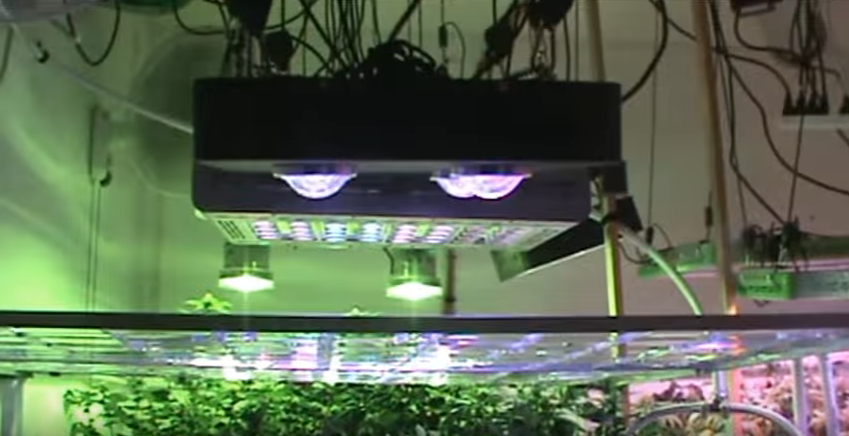
Colorado Finest Installs Double P SCROG 4x4

P SCROG Kits
or
SupportOurPlants@SCROGGER.com
- Gary Memelstein
- Tags: best how to scrog guides build a scrog colorado finest how to scrog indoor grow indoor growing low stress training P SCROG screens screen of green scrog scrog cannabis scrog kit scrog kits scrog marijuana scrog method scrog net scrog pot plants scrog screen scrog weed scrogging
Maximum Yield - SCROGGER Profile
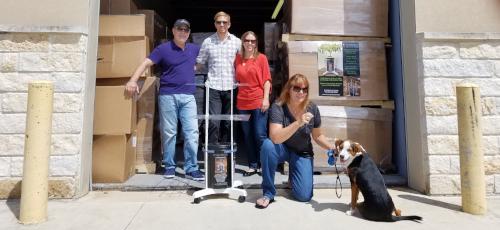
It all started when Gary offered to help solve the issues a friend was having with a DIY screen of green (ScrOG) set-up. Not only was this friend having trouble reaching all of his plants to do the low-stress training necessary for ScrOG, but his friend had “virtually destroyed” the whole set-up trying to solve a problem with one plant.
So, Gary scrapped the bamboo and trellis netting his friend was using and designed an accessible and versatile alternative out of clear polycarbonate. It didn’t take him long after that to recognize that this new design had the potential to fill a niche in the hydroponics market.
“Many want to ScrOG in a more-convenient, less-time-consuming and more effective way,” Gary says. “All of our products provide tremendous convenience to the grower who desires to use plant training techniques.”
Gary’s design, which is now sold as the P SCROG Primary and the P SCROG Pro, consists of one or two growing screens attached to a base by four supporting rods. The system’s base can accommodate 250 pounds and is wide enough for any container measuring between 10 and 22 inches. The whole thing sits on casters, which is a major selling feature. “Customers are enthusiastic about the benefit of being able to rotate the plant on the casters to trim, spray and care for their plants,” Gary says. “Some of our customers are disbled and can’t reach or lift as well as they used to, so being able to turn the plant is a huge advantage.”
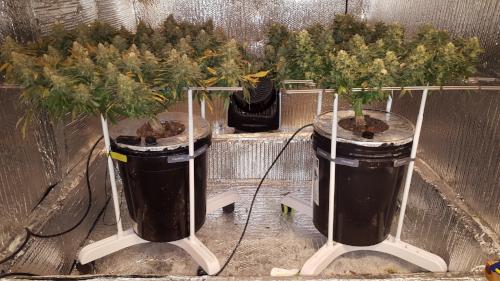
The screens on both P SCROG set-ups are also easily adjusted. Growers can raise or lower each by 12 inches, helping to force horizontal growth and to provide support for swelling buds. As mentioned above, the screens are made from polycarbonate—a tough, flexible material used in bullet-proof glass. “The flexural strength of this plastic is 13,500 PSI,” Margo says. “You should see the look on people’s faces when we flex the screen, they wince, expecting a snap; then they say ‘Wow!’”

In addition to the screens being strong, they are reusable, have a UV inhibitor, are non-porous and are food-grade. They provide a clean, almost clinical look in the growroom and are washable. They can also withstand temperatures far greater than you’d ever experience in the growroom. When they finally do wear out, the screens are 100 per cent recyclable.
To be sure they were bringing a viable product to the masses, the Mermelsteins knew they had to research the market. They had prototypes made in September 2014 and toured hydroponics shops in Phoenix and Denver to gather input from potential customers. As they hoped, the response was incredibly positive. At that point, they were ready to go for it. After incorporating the company in June 2015, they produced CAD drawings, filed a patent for their design and invested in the tooling needed to make plastic injection molded parts. It took nine months of engineering, but it was worth the effort when the first SCROGGER products were sold in January 2016.
“Since we launched the P SCROG, the most common comments we hear were things like, ‘Brilliant,’ or ‘I see how it works, no need to explain,’ or ‘I could really use something like that that,’” shares Gary. Similarly, Margo says they have not had a single customer complaint about the quality or assembly of their products. “Our main components to the P SCROG—the screens, base and junction caps—are molded right here in the USA,” she says. “The system is very well constructed with high-quality materials.”

Recently, the company expanded their lineup to include the P SCROG 4×4. This set-up is designed for growers with large, multiple plants using 4×4 or 4×8 trays and tables. These frames can be daisy chained together for large commercial applications.
In addition to their solid product line, great customer service has been one of the company’s strengths, with seven days a week support just a phone call or email away. “We are always happy to talk to shop owners and growers about the P SCROG,” says Gary.
Today, SCROGGER sells both on the web and in about a dozen hydroponic stores across the US, but they expect that number to grow rapidly. The company also works with a distributor in Canada and has its products in Australia. “We are adding more hydroponic stores every month,” says Margo.
While the Mermelsteins believe the hydroponic market is very different from their prior business experience, they feel the opportunities the industry presents are excellent, and they believe SCROGGER will play an important role in providing convenience and simplicity to growers everywhere.
*Original article published in Maximum Yield

P SCROG Kits
or
SupportOurPlants@SCROGGER.com
- Gary Memelstein
- Tags: growing cannabis hydroponics indoor grow indoor growing P SCROG screens scrog scrog kit scrog kits scrog method scrog net scrogging
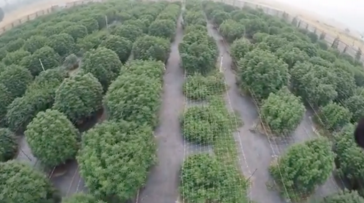
Okanogan Sunflower Farm

Like his great grandfather during the Gold Rush, Terry is in the midst of the "Green Rush" frenzy with his 28 acre Okanogan Sunflower Farm and "Okanogan Gold" cannabis brand of bud and extracts. "We can still pan for gold in the Okanogan River which is used for irrigation at the farm", says Terry. "We are located in north central Washington where the mountains meet the desert. This region and its micro climate are ideal for growing high grade cannabis plants."
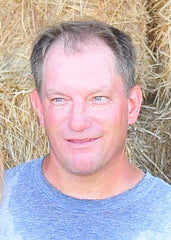
Hear Terry explain his cannabis operation in the YouTube video shot at the Okanogan Sunflower Farm, why he feels all plants should be ScrOGged and his predictions for the future of the cannabis industry. The drone footage is incredible. Please watch!

P SCROG Kits
or
SupportOurPlants@SCROGGER.com
- Gary Memelstein
- Tags: cannabis plant training growing cannabis how to scrog indoor grow indoor growing lollipopping low stress training lst outdoor grow screen of green scrog scrog kit scrog kits scrog marijuana scrog method scrog net scrog pot plants scrog screen scrog weed scrogging topping trellis trellis net
